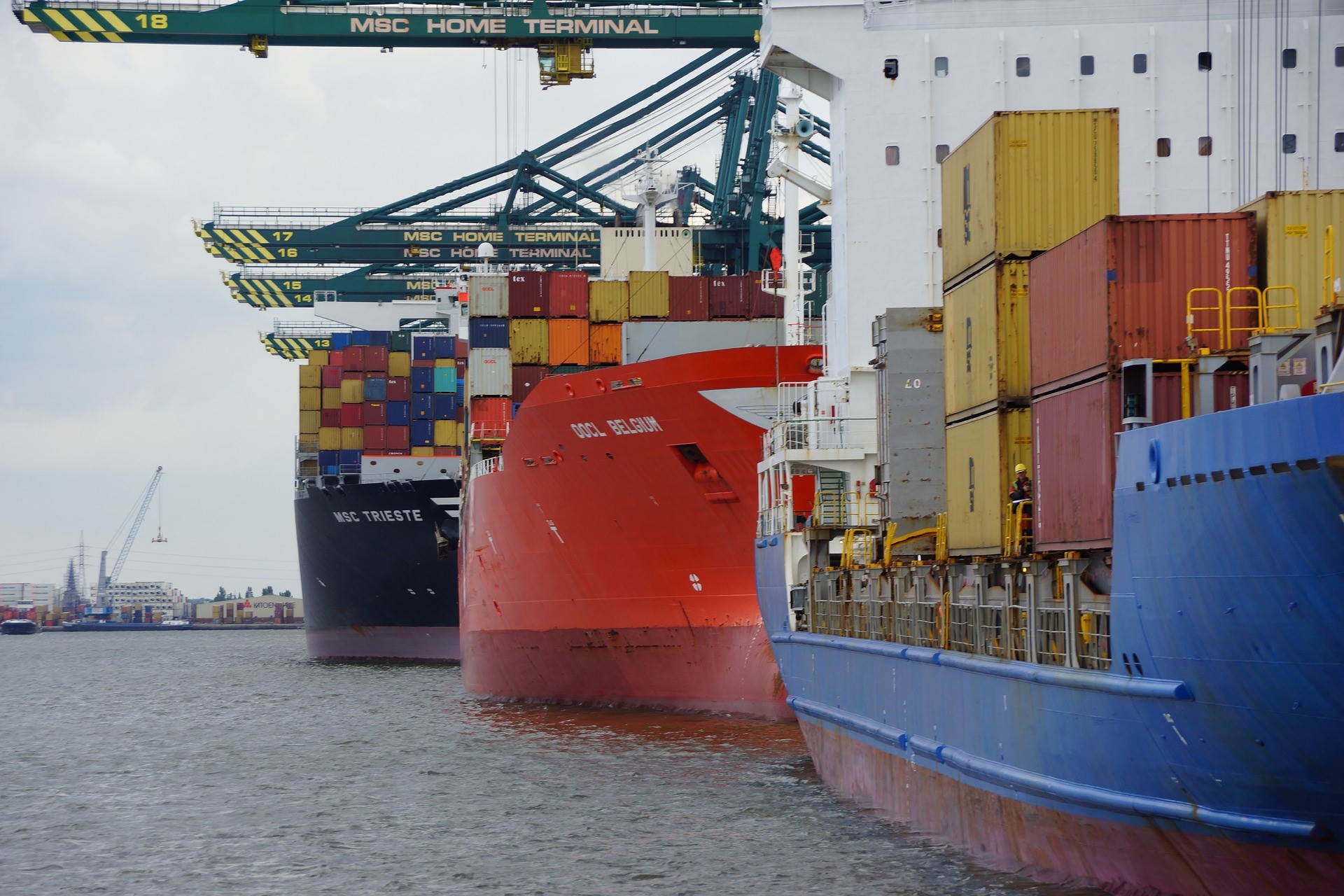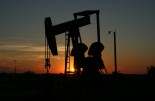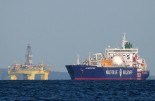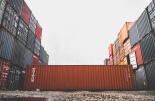NN IP: Commodity prices and freight costs have surged - will it dampen the energy transition?
NN IP: Commodity prices and freight costs have surged - will it dampen the energy transition?

Over the past decades wind and solar power generation costs have fallen to a level below the cost of fossil generation in large parts of the world. Last year, the trend of declining development costs has been overturned by significantly higher prices for materials like steel, copper and polysilicon as well as freight costs. Equipment prices are now on the rise to compensate for these increasing costs.
For example, Vestas reported an average selling price (per MW capacity) for its wind turbines in the last quarter of 2021 that was 21% above the level reported in Q4 2020. Also the cost for solar panels and other solar equipment like mounting racks and cabling have increased, breaking the trend of cost declines seen in previous years. Additionally, interest costs play a big role in the levelized cost of energy (LCOE) for renewable power generation projects. This all results in a higher LCOE for both wind and solar project that are being commissioned today versus a year ago.
BloombergNEF estimates that in 2021, new solar and wind projects have become between 4% and 12% more expensive on an LCOE basis. Despite the upward trend in renewable equipment costs, the relative economics of renewables versus fossil generation have actually improved in many regions including Europe over the last year. The reason is that fossil power generation has become much more expensive due to the sharp rise in gas, coal and carbon prices. As a result, BloombergNEF estimates that either solar or onshore wind is still the cheapest source of electricity in countries representing 91% of global electricity generation. Solar is the cheapest source in many countries including China, India, Southern Europe and the US, while wind has the lowest LCOE in a/o Brazil, Canada and Northern Europe.
Oskar Tijs, Senior Portfolio Manager Sustainable Equity, NN Investment Partners shares:
“The solar and wind industries face rising commodity and logistics costs. This results in a partial reversal of the significant cost declines we have seen for renewables over the past decades. Still wind and solar remain competitive versus fossil fuels in most regions, as power prices have also risen significantly driven by higher fossil fuel and carbon prices. As a result of these favorable economics and continued support from government subsidies and policies targeting net zero we believe the structural trend towards renewables at the expense of fossil fuels will continue, as is reflected in our active positions.”
References:
BloombergNEF, 2H 2021 LCOE Update, Cost inflation spreads to renewables, 21 December 2021
Vestas Wind Systems A/S, full year 2020 investor presentation, 10 February 2021
Vestas Wind Systems A/S, preliminary 2021 figures and financial outlook for 2022, 26 January 2022









